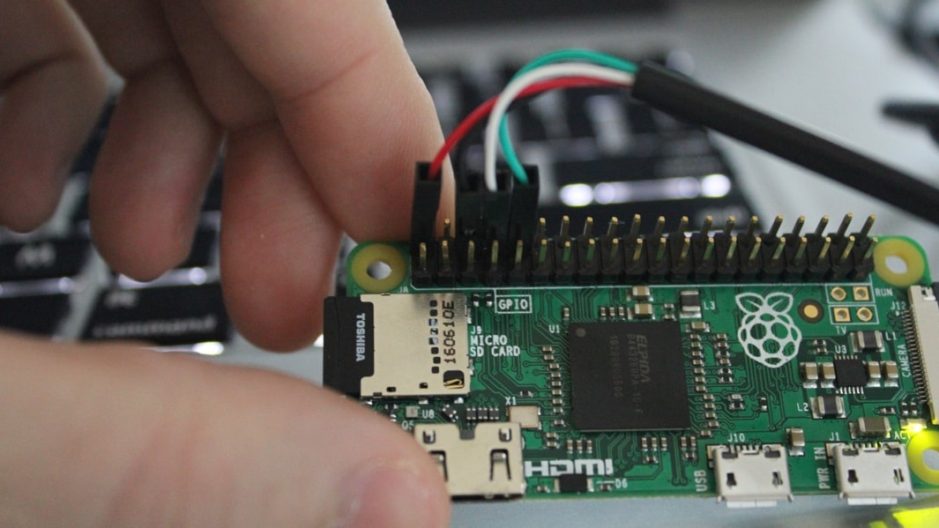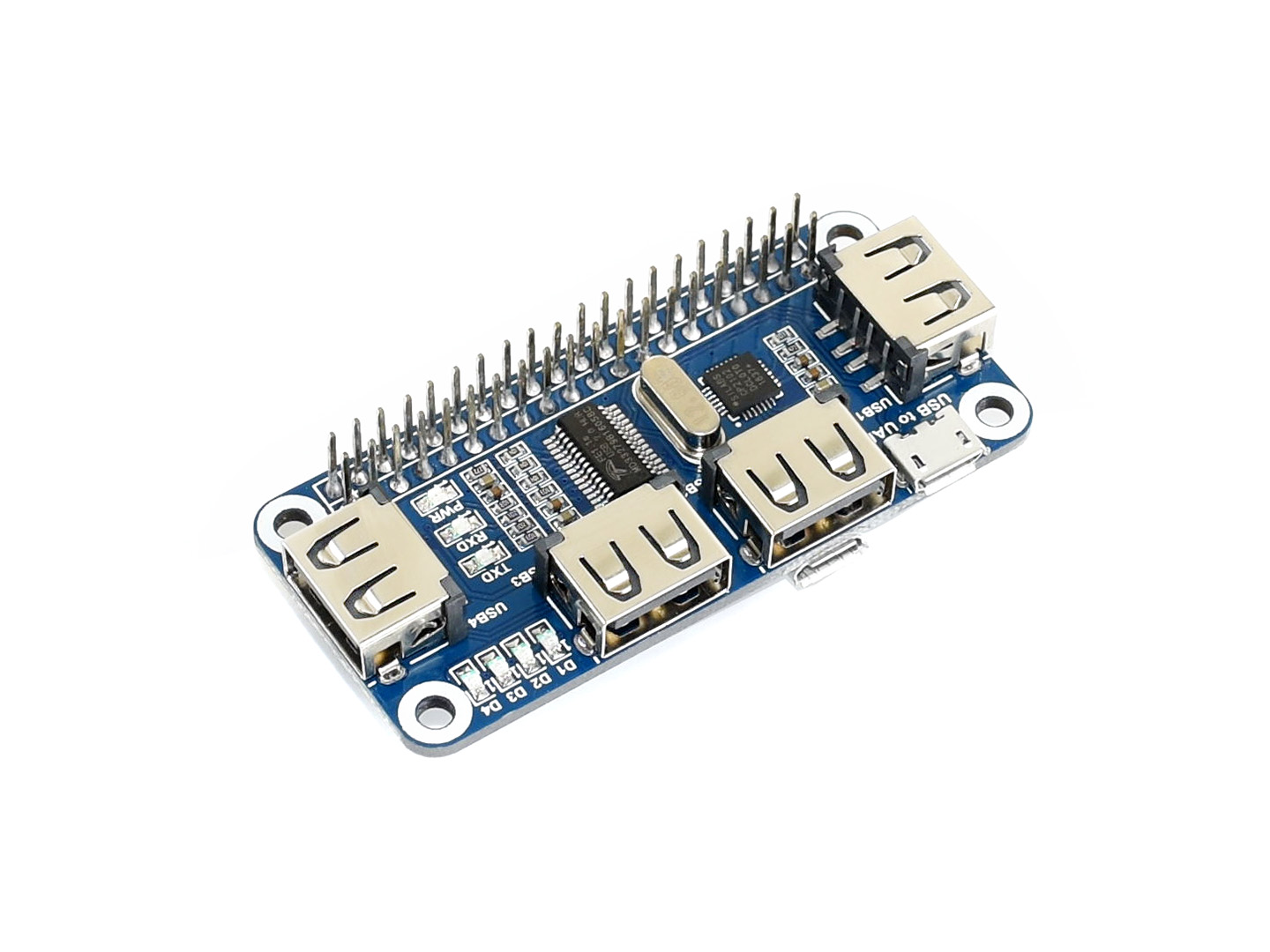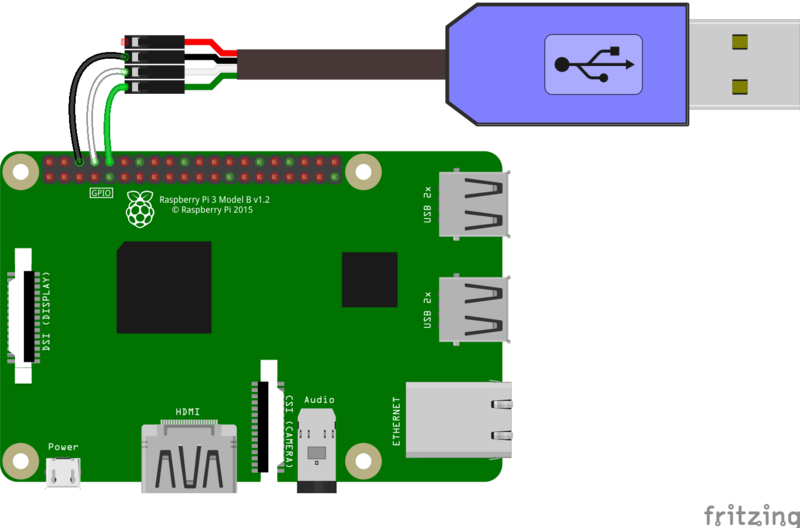
By default it is used by the Linux console and you can not use it for another usage.
Raspberry pi usb serial port f how to#
It is better to worry about a power supply that deserves its name and has sufficient power to ensure a stable power supply for a short time increased current drain.This post describe how to enable the serial port avalaible on Raspberry Pi connector. Usually, the USB problem is solved by running power-hungry USB devices through an active USB hub or replacing them with more energy-efficient devices.

If necessary, one could also reinitialize the network connections manually. In general, the Raspberry Pi needs to be restarted. When the USB is put back into operation, but often the network connection is gone. If the internal USB is switched off due to poor power supply, then the network connections via Ethernet and/or a USB wifi adapter are also lost. If the voltage values are correct, it resumes the operation of the components. The cause is usually always an inferior power supply or charger, that does not supply enough power and breaks down the supply voltage as a result. If the supply voltage moves below a certain limit, a Raspberry Pi tries to prevent the crash by switching off internal components. USB problems have nothing to do with Raspberry Pi, but with the Raspberry Pi power supply. As a rule, USB problems are usually network problems as well. This also includes the Ethernet port of Raspberry Pi due to its architecture. Occasionally it happens that USB devices on Raspberry Pi are not working properly. With this parameter, you can increase the current limit from 600 mA to 1200 mA. An active USB hub has its own power supply, which can be used to power the connected devices.įrom the B+ model, a parameter has also been introduced that controls how much power USB devices are allowed to pull out of the USB port. For this reason, it is generally recommended that USB devices be connected through an active USB hub. But if you work with external hard drives or power-hungry Wi-Fi adapters, then the power supply of Raspberry Pi breaks down.

If mouse and keyboard and maybe even one or the other USB stick is connected, then that’s no problem. On a Raspberry Pi, powering USB devices through the USB ports is a tricky business. Booting the operating system from a USB flash drive is a good idea because the SD card is much better connected than the USB.The predecessor is just under 4 MB per second. When copying from a USB disk to a drive on the network, Raspberry Pi 2 reaches almost 11 MB per second.Regardless of how many USB ports Raspberry Pi actually has. This means you reduce the I/O performance of the internal USB port by half. Then the traffic must pass through the internal USB port twice. This means you use the Ethernet port on one side and another Ethernet or wifi adapter on a USB port on the other side. For example, as a router, gateway or bridge. This limitation must always be taken into account if Raspberry Pi is to mediate between two interfaces. Even if the connected devices can work faster. Thus, the I/O performance of Raspberry Pi is limited to a maximum of 60MB/s, in practice to about 30MB/s.

As a result, the network interface and all external devices connected to Raspberry Pi via USB have to share the total bandwidth of 480Mbps.

All external USB ports and the Ethernet port are attached to this USB port. The system-on-chip of Raspberry Pi has only a single internal USB port. Especially where fast I/O connections are important. The architecture of Raspberry Pi has a small flaw that makes it not suitable for all applications. Under certain circumstances one comes by the manufacturer name or the product name on the function of the device. For some devices, the name is not unique. The USB devices log on to the bus with the name displayed.


 0 kommentar(er)
0 kommentar(er)
